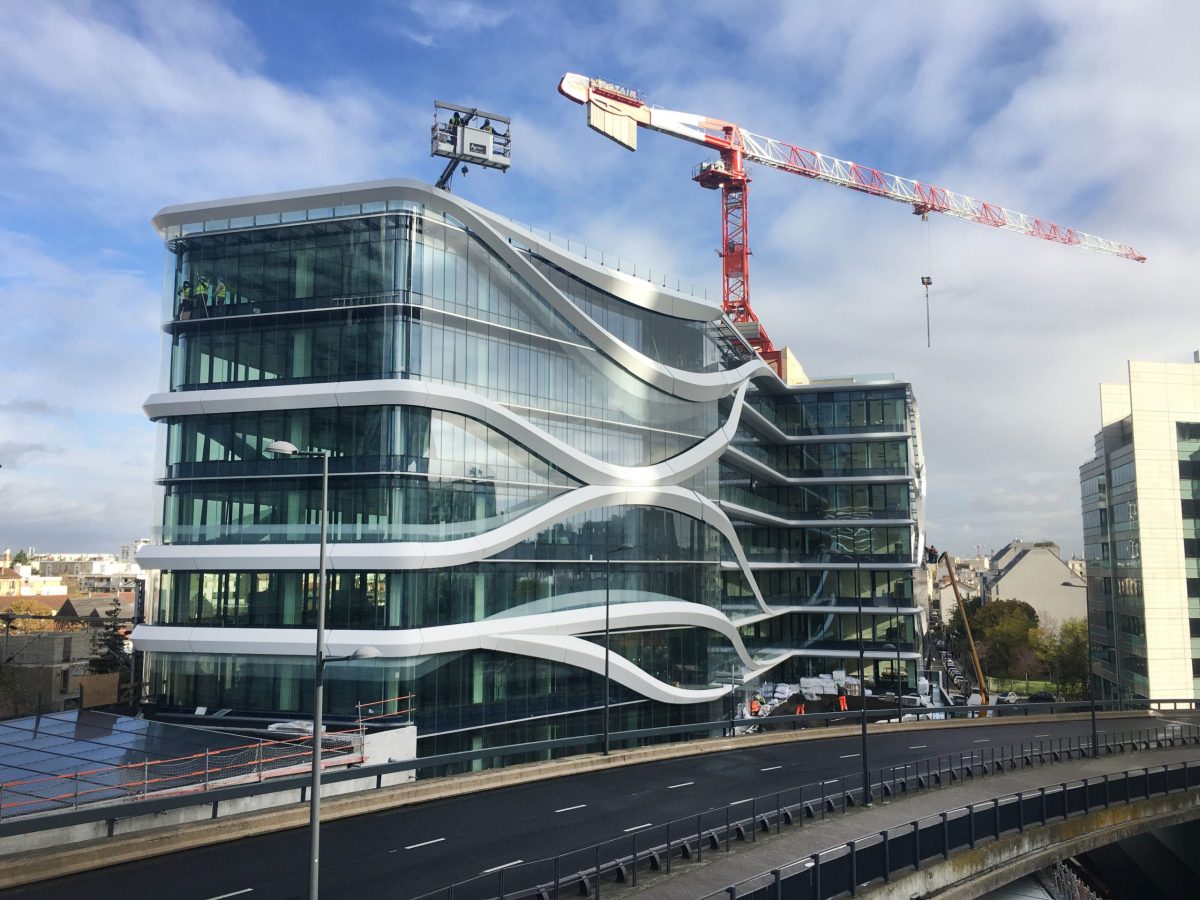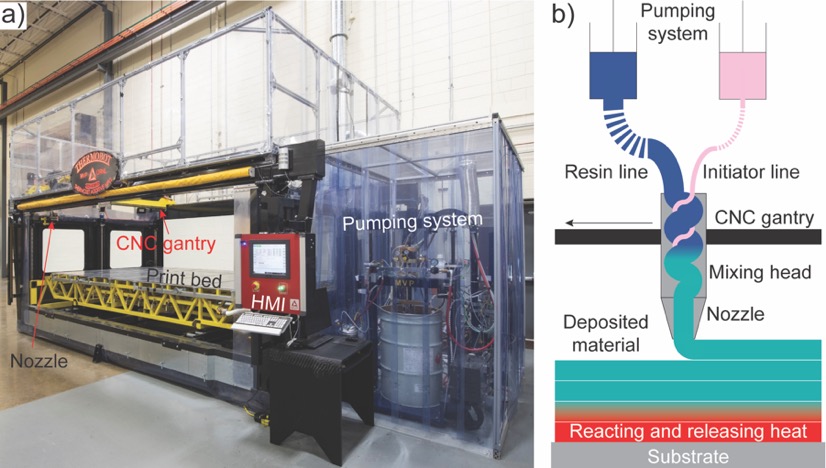
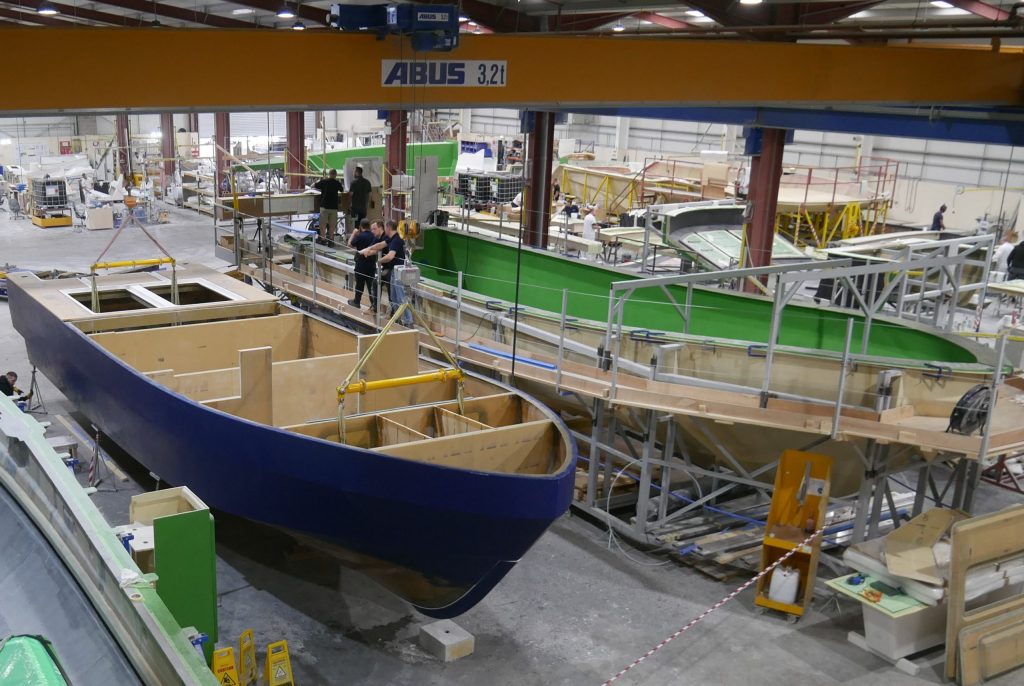
Royal Navy Upgrades Patrol Boats
The British Royal Navy recently replaced two steel Gibraltar Squadron patrol boats with GFRP ones. The 19-meter HMS Cutlass and HMS Dagger, which were manufactured by Marine Specialised Technology Group (MST Group) in Merseyside, England, are lighter than their predecessors and much faster, with a top speed of 40 knots. This speed, combined with state-of-the-art optical and infrared detection systems, offers an advantage in the squadron’s work providing security and force protection to high-value vessels in British Gibraltar Territorial Waters.
“We can detect, identify and target threats at a much greater range,” said Lt. Cdr. Adam Colman of the Royal Navy in a video statement.
MST contracted with Norco Composites & GRP in Poole, England, to manufacture the hull, wheelhouse and internal structure, such as the bulkhead, girders and crash compartments. Norco constructed the hull using a two-part GFRP tool and infusion. The lay-up schedule included a layer of gel coat with a backing of wet-laid chopped strand mat. The company used hand rollers to consolidate the fiber into areas of complex curvatures, such as the spray rails on the bottom of the hull.
“That’s a key area where you get defects,” says Harry Dodge, project engineer at Norco. “A keen eye for rolling to fill the radius and a backing of low-density adhesive reduces the radius of complex curvatures and allows you to reduce the risk of any bridging [leaving an air gap] and other defects.”
Dry fabrics were then applied, with special attention applied to the areas requiring additional reinforcement, such as the drivetrain and keel. A CNC-cut, closed cell PVC core kit was fitted to provide the required stiffness and strength to the panels.
When dry lay-up was complete, the structure was vacuum infused with a vinyl ester resin and cured for 12 hours. The same fabrication methods were used for the wheelhouse. Flat components, including bulkheads, longitudinal and transverse girders, crash compartments, watertight compartments and floors, were produced separately via resin infusion and later bonded to the structure by Norco or MST. The longitudinal and transverse girders were made from both multiaxial fiberglass fabrics and unidirectional carbon fiber.
“This provides stiffening in the longitudinal girders to deal with hogging and sagging, which is the three-point bend that occurs in boats as they plow through the water at high speeds,” says Dodge.
The girders were over-laminated onto the hull by positioning a low-density foam core on the hull using jigs and bonding it in place. Glass fabric was then laid onto the core, and the dry structure was vacuum infused over the pre-cured hull shell. A series of test infusions, using representative girder sections, ensured that infusion set up was optimal and the cap laminate was successfully wetted out.
“Infusing girders in place reduces a manufacturing stage because we don’t have to bond onto the hull later,” says Dodge. “It also reduces the upfront costs because you don’t have to produce tools to produce the complex geometry to fit on to the boat.”
The bulkheads were attached to the hull with a structural bonding adhesive and then hand overlaid with biaxial glass fabric to provide the structural connection between the hull, the bulkhead and the floors.
After completing the HMS Cutlass and HMS Dagger, MST was awarded a $50.76 million contract to deliver 18 15-meter GFRP patrol vessels to the UK Ministry of Defence Police and Gibraltar Ministry of Defence Police during the next four years. The first of these will soon begin sea trials. Norco has partnered with MST once again to deliver the equivalent structures and manufacturing techniques used on the previous 19-meter vessels.
“Norco has become MST’s preferred supplier for our large hulls,” says Chris Hurley, MST project manager. “The quality of their [GFRP] work is very good and has stood up to inspection scrutiny on every occasion from independent surveyors and the UK Ministry of Defence.”
Melissa O’Leary is a freelance writer in Cleveland. Email comments to melissa@good4you.org.
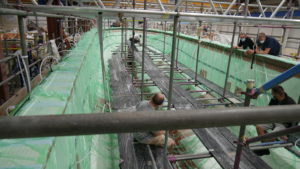
Technicians prepare to infuse the 19-meter hull.
Photo Credit: Norco Composites & GRP
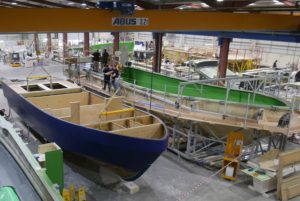
After removal from its mold (right), the hull is fitted with crash compartments, bulkheads and other internal structures.
Photo Credit: Norco Composites & GRP
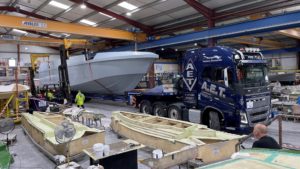
A second patrol boat is ready for delivery to Marine Specialised Technology Group (MST) for final outfitting.

SUBSCRIBE TO CM MAGAZINE
Composites Manufacturing Magazine is the official publication of the American Composites Manufacturers Association. Subscribe to get a free annual subscription to Composites Manufacturing Magazine and receive composites industry insights you can’t get anywhere else.




